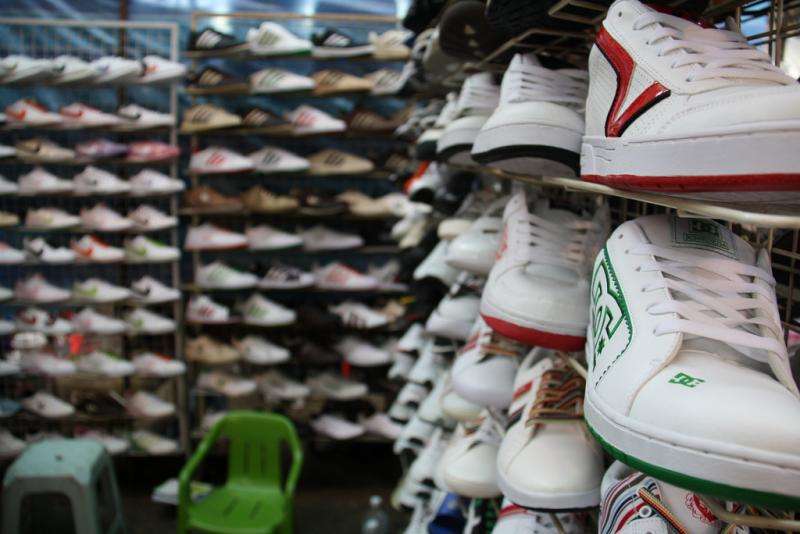Counterfeiters push fashion labels to new heights

The presence of counterfeiters in the market can drive innovation in the fashion industry, according to a new study from the University of British Columbia.
Established companies don't sit idly by while they get copied shamelessly; they react by improving their products to set themselves apart from their newfound competitors.
"When counterfeiters start fooling too many customers, authentic brands step up their design game," said Yi Qian, the study's author and an associate professor at UBC's Sauder School of Business. "The authentic producers will make the most of any cost advantages they have to produce more highly differentiated goods shoppers can easily identify as the real thing. In fashion this can mean an increased focus on aesthetics."
"While potentially expensive for producers, this innovation effect actually enhances consumer welfare in the fashion industry because part of consumer utility derives from aesthetics and the fast fashion cycle," she said.
Qian and her co-authors studied financial statements of 31 brands selling leather and sports shoes in China over a 12-year period at a time when counterfeit production surged due to a sudden change in enforcement policy.
They found that authentic producers used fancier materials and improved the shoe appearance tremendously once beset by knock-offs, while there were no corresponding improvements in functional quality, which consumers can't judge as easily.
But this isn't good news for every sector: while improving appearances is good for the clothing industry, Qian pointed out consumers are worse off if counterfeiters force pharmaceutical companies to waste their resources on aesthetics. Plus, under certain conditions counterfeits could drive the authentic products out of the market if consumers are too wary of mistakenly buying a knock-off.
Qian makes it clear she doesn't want to say that counterfeiting is a good thing; rather, she wants to improve how enforcement plays out. She said that policy-makers should take note of how counterfeiters impact industries differently and concentrate their efforts where it matters most.
"We know knock-offs are out there. Yet sometimes, the most efficient solution is to let the market's invisible hand do its own regulation, as it can lead to better products," she said.
The study, Untangling Searchable and Experiential Quality Responses to Counterfeiting, co-authored by Qiang Gong and Yuxin Chen, is forthcoming in Marketing Science.
More information: "Untangling Searchable and Experiential Quality Responses to Counterfeits." dx.doi.org/10.1287/mksc.2014.0867
Provided by University of British Columbia

















